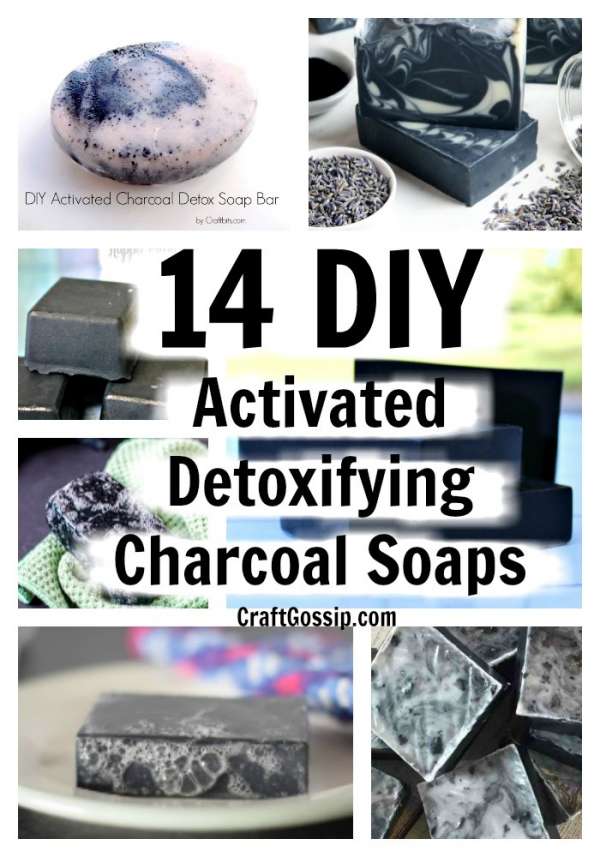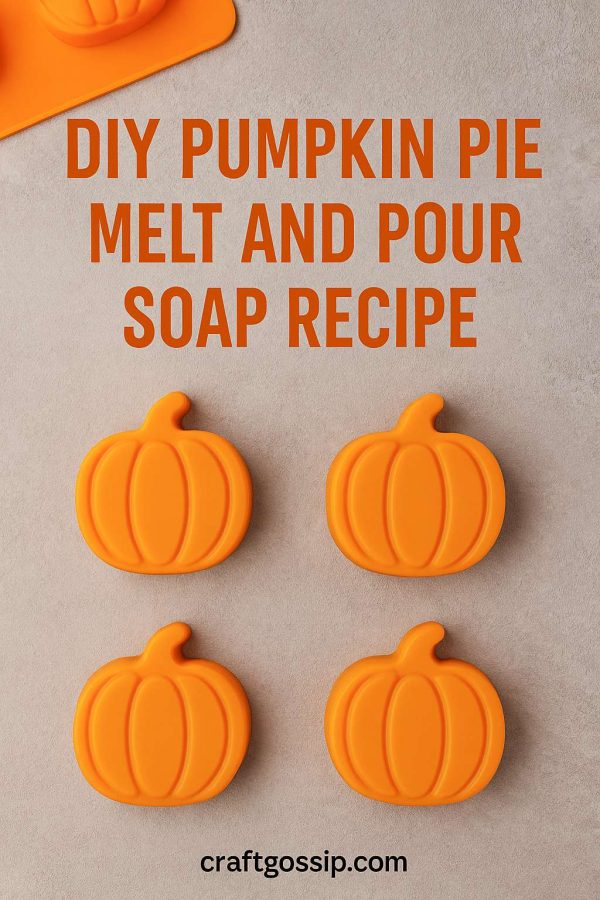
Activated charcoal might sound a bit intimidating at first—after all, it’s made from things like coconut shells, bone char, peat, olive pits, and even sawdust. Not exactly what you’d expect in your skincare routine, right? But don’t let the origins fool you. Activated charcoal powder is one of the most powerful natural detoxifiers out there—and it’s a game-changer in DIY beauty products.
When added to soap, activated charcoal works like a magnet, binding to dirt, oil, toxins, and bacteria, lifting them right out of your pores. It’s a must-have ingredient if you’re looking to create homemade soap for acne-prone skin, oily T-zones, or even body odor and backne (yes, that’s a thing).
Used in everything from charcoal facial bars to exfoliating detox body soaps, this fine black powder is celebrated for its:
- Deep-cleansing properties
- Antibacterial and antifungal effects
- Pore-tightening and clarifying action
- Natural oil-balancing benefits
- Gentle exfoliation for smoother skin
Why Use Activated Charcoal in Melt and Pour Soap?
One of the easiest ways to harness these benefits at home is by adding activated charcoal directly into a melt and pour soap base. Whether you prefer a clear glycerin base for that bold, dark finish or a creamy goat’s milk base for a soft gray look, a little charcoal goes a long way. You only need about ½ to 1 teaspoon per pound of soap base to get that perfect deep-clean boost.
Want to go the extra mile? Try blending charcoal with other natural ingredients like tea tree oil, kaolin clay, or citrus essential oils to create custom DIY bars tailored to your skin type. You can even mix it into liquid castile soap to create a homemade charcoal face wash or shampoo.
Don’t want to make your own? Check these handmade soaps out on Etsy.
Activated Charcoal and Lemon Soap
Activated Charcoal Detox Soap — CraftBits.com
DIY Peppermint & Charcoal Soap
DIY Detoxifying Activated Charcoal Soap Bars Coconut Activated Charcoal Soap Bar Recipe
Lavender & Tea Tree Soap Recipe with Activated Charcoal for Acne
Activated Charcoal Soap with Calcium Bentonite Clay
Activated charcoal soap – In My Soap Pot
Activated Charcoal Melt and Pour Soap Recipe for Anti-Acne Skin Care
DIY Peppermint & Charcoal Soap
Activated Charcoal Soap Recipe + DIY Galaxy Soap
Activated Charcoal Face Soap Recipe

Leave a Reply